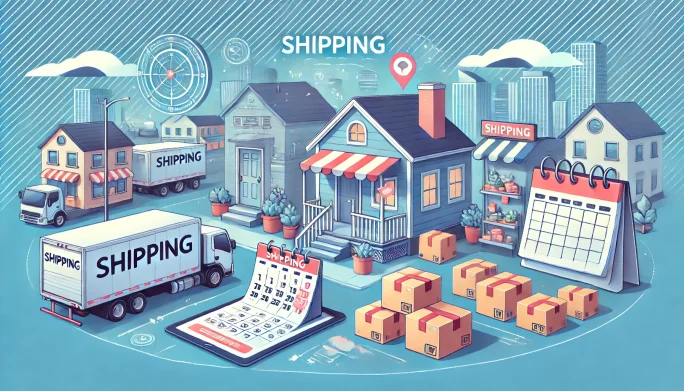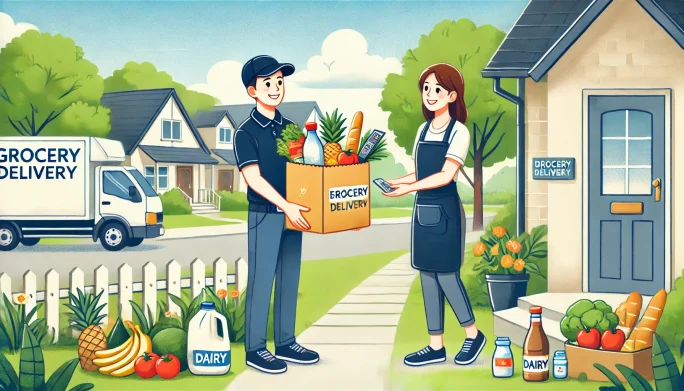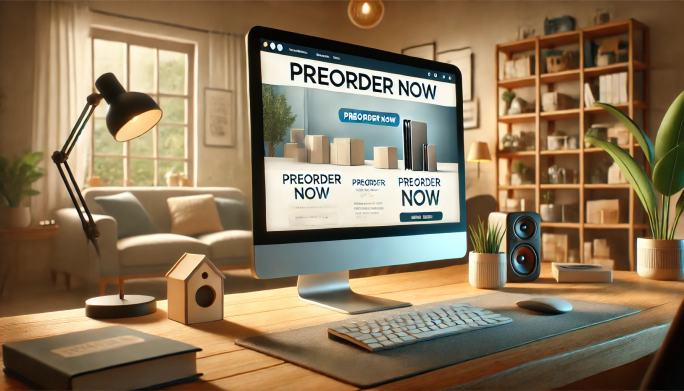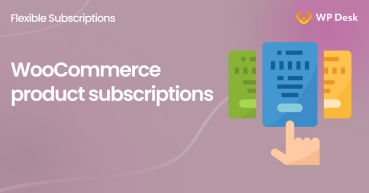In the dynamic world of e-commerce, businesses are constantly seeking innovative ways to enhance customer satisfaction and streamline operations. One such innovation is recurring shipping, a model that has gained significant traction in recent years. This article explores what recurring shipping is, its benefits for businesses and consumers, and provides examples of its use in various sectors.

Contents
- What is Recurring Shipping?
- Benefits of Recurring Shipping
- Examples of Recurring Shipping in E-Commerce
- Implementing Recurring Shipping: Key Considerations
- Challenges and Solutions
- WooCommerce Plugin for Managing Recurring Shipping
- Conclusion
- Subscriptions and recurring payments in WooCommerce (free)
- Your store needs WooCommerce product subscriptions.
- 7 Plugin Alternatives for WooCommerce Subscriptions and something new.
- Making payments easier: Exploring WooCommerce payment plan plugins
- Enhancer for WooCommerce Subscriptions
What is Recurring Shipping?
Recurring shipping, also known as subscription shipping, is a model where customers sign up to receive products at regular intervals. Instead of making a one-time purchase, customers subscribe to receive their chosen items on a weekly, monthly, or quarterly basis. This model is particularly popular for consumable goods such as groceries, beauty products, and household essentials.
How Recurring Shipping Works
- Subscription Setup: Customers select products they wish to receive regularly and choose the frequency of delivery.
- Automatic Billing: Payments are automatically processed at the start of each subscription cycle.
- Scheduled Deliveries: Products are shipped to the customer on the agreed schedule without the need for repeat orders.
Benefits of Recurring Shipping
For Businesses
- Predictable Revenue Stream: Recurring shipping provides a steady, predictable revenue stream, helping businesses manage cash flow and plan for future growth.
- Customer Retention: By offering convenience and value, businesses can foster long-term relationships with customers, leading to higher retention rates.
- Inventory Management: With predictable demand, businesses can optimize inventory management, reducing the risk of overstocking or stockouts.
For Consumers
- Convenience: Customers enjoy the convenience of having their favorite products delivered regularly without the hassle of reordering.
- Cost Savings: Many subscription services offer discounts for recurring shipments, providing cost savings over time.
- Personalization: Subscription services often allow for customization, enabling customers to receive products tailored to their preferences.
Examples of Recurring Shipping in E-Commerce

Grocery Delivery Services
One of the most prevalent examples of recurring shipping is in the grocery sector. Services like Amazon Fresh, Instacart, and HelloFresh offer subscription-based deliveries of groceries and meal kits. Customers can select their preferred items or meal plans and have them delivered weekly or monthly. This model not only saves time but also ensures that consumers always have fresh ingredients at hand.
Beauty and Personal Care
Beauty and personal care brands have also embraced recurring shipping. Companies like Birchbox and Dollar Shave Club have built their business models around subscription services. Birchbox, for example, sends monthly boxes filled with beauty samples tailored to the customer’s preferences. Dollar Shave Club delivers razors and grooming products at regular intervals, ensuring that customers never run out of essentials.
Household Essentials
Subscription models are also popular for household essentials such as cleaning supplies, toiletries, and pet products. Brands like Grove Collaborative and Chewy offer recurring shipping for items like cleaning products, toilet paper, and pet food. Customers can set up their subscriptions to match their consumption rates, ensuring they never run out of necessary supplies.
Fashion and Apparel
Even the fashion industry has tapped into the recurring shipping model. Services like Stitch Fix and Trunk Club offer personalized styling services where customers receive curated outfits based on their style preferences and sizes. These services typically operate on a monthly or quarterly basis, providing customers with fresh wardrobe updates regularly.

Implementing Recurring Shipping: Key Considerations
For businesses looking to implement recurring shipping, several factors must be considered to ensure success:
Technology Infrastructure
A robust e-commerce platform is essential to support recurring billing, manage subscriptions, and handle logistics. Businesses should invest in technology that can automate these processes, providing a seamless experience for both the company and its customers.
Customer Experience
Ensuring a positive customer experience is crucial. This includes easy subscription management, flexible delivery options, and responsive customer support. Providing customers with the ability to pause, modify, or cancel their subscriptions easily can significantly enhance satisfaction and loyalty.
Product Selection and Customization
Offering a wide range of products and allowing for customization can make a subscription service more appealing. Personalized recommendations based on customer preferences and purchase history can add significant value and differentiate the service from competitors.
Marketing and Education
Educating customers about the benefits of recurring shipping and effectively marketing the service are key to attracting and retaining subscribers. Businesses should highlight the convenience, cost savings, and personalized aspects of their subscription services in their marketing efforts.
Challenges and Solutions

While recurring shipping offers numerous benefits, it also presents certain challenges:
Churn Rate
One of the biggest challenges is managing churn—the rate at which customers cancel their subscriptions. To address this, businesses should focus on delivering consistent value, engaging customers with personalized offers, and regularly seeking feedback to improve their services.
Inventory Management
Accurate forecasting is essential to ensure that inventory levels meet the predictable demand generated by subscriptions. Advanced analytics and inventory management systems can help businesses maintain the right balance of stock.
Shipping Logistics
Efficient and reliable shipping is crucial to the success of a recurring shipping model. Partnering with dependable logistics providers and investing in a strong supply chain infrastructure can help businesses meet delivery expectations consistently.
WooCommerce Plugin for Managing Recurring Shipping

For e-commerce businesses using WooCommerce, the Flexible Subscriptions plugin offers a robust solution to manage recurring shipping efficiently. This plugin allows businesses to set up products for regular shipments at specified intervals, such as weekly or monthly. When the scheduled time arrives, the plugin automatically creates and processes new orders as standard WooCommerce orders. Administrators can configure shipping cycles, manage subscriptions through a user-friendly admin panel, and provide customers with detailed information about their upcoming shipments, enhancing the overall subscription experience. For more information, you can visit the WP Desk documentation.
Conclusion
Recurring shipping in e-commerce is transforming the way businesses operate and how consumers shop. By offering convenience, cost savings, and personalized experiences, subscription models have become a win-win for both businesses and customers. As technology continues to evolve and consumer preferences shift towards convenience and personalization, the adoption of recurring shipping is likely to grow, creating new opportunities for innovation and growth in the e-commerce landscape.
Incorporating recurring shipping into an e-commerce strategy requires careful planning, a focus on customer experience, and robust technology infrastructure. Businesses that successfully navigate these challenges can reap the benefits of a loyal customer base, predictable revenue, and optimized operations, ultimately driving long-term success in the competitive world of e-commerce.






